
Mariinsky Ballet
Cinderella
Washington, Kennedy Center Opera House
16 October 2012
www.mariinsky.ru
As I walked through the door of the Kennedy Center Opera House, the first thing that caught my eyes was a black-and-white backdrop in place of the traditional red curtain of the theater. Its busy geometric pattern, dominated by vertical lines, evoked a wall of bleak high-rise apartments, claustrophobic and uninviting.
I was about to see the Mariinsky Ballet in Prokofiev’s Cinderella. The production – a contemporary take on the old-fashioned fairy tale – was created for the St. Petersburg troupe by Russian choreographer Alexei Ratmansky nearly ten years ago. This was the second time the Mariinsky Ballet brought this production to Washington, the first being at the Kennedy Center in 2005.
Today the name of Ratmansky, a former director of the Bolshoi Ballet and current artist-in-residence at American Ballet Theatre, is synonymous with hope in the ballet world. Yet in 2002, when he was invited to create “a new Cinderella” for the Mariinsky Theater, the 34-year-old dancer-turned-choreographer was virtually unknown in Russia and abroad.
Ratmansky’s first choreographic success came with two short pieces, The Charms of Mannerism (1997) and Dreams of Japan (1998), which he choreographed for Bolshoi prima ballerina Nina Ananiashvili. Cinderella for the Mariinsky was his first stab at a three-act story ballet.
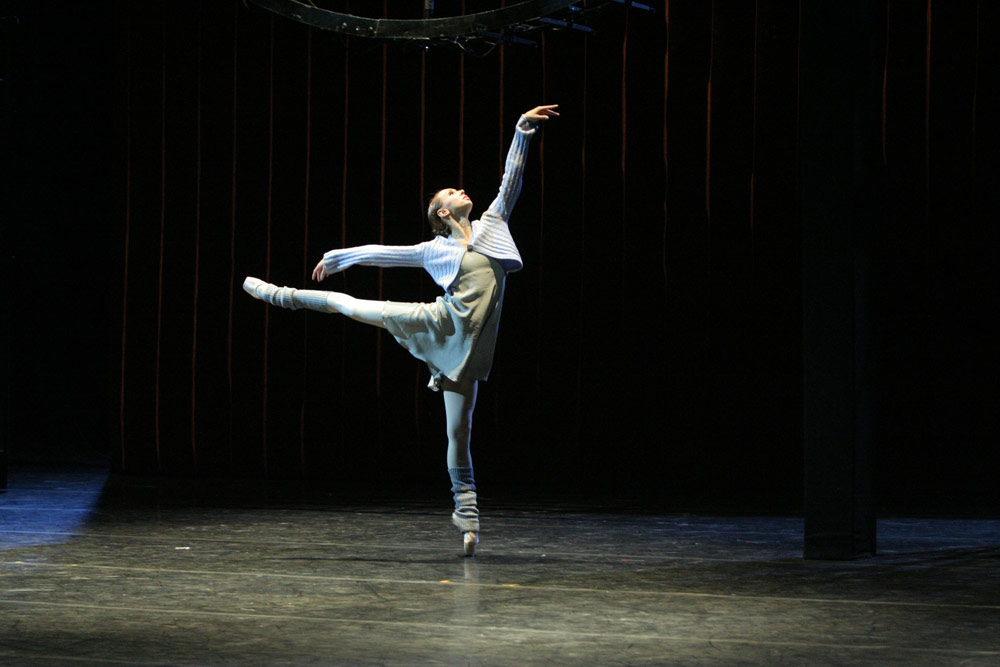
© Natasha Razina. (Click image for larger version)
The ballet’s premier, with Diana Vishneva in the title role, took place at the Mariinsky Theater on March 5, 2002, to mark the anniversary of Prokofiev’s death in 1953. The production enjoyed tremendous success with Russian audiences and helped Ratmansky to establish himself as a choreographer to watch.
After a decade Ratmansky’s Cinderella is still hugely popular in St. Petersburg. The choreographer, on the other hand, feels that his full-evening choreographic debut has probably overstayed its welcome. In his recent interview with Debra Crane of London’s The Times Ratmansky said that he was surprised his production had lasted so long and stated that he would have done it all differently now.
As the stark backdrop suggested, this Cinderella story was about a different kind of magic. Forget the pumpkin and the mice. Ratmansky revitalized and updated Charles Perrault’s classic fairy tale, giving the traditional Cinderella a modern urban look.
The minimal and austere stage décor by Ilia Utkin and Yevgeny Monakhov underscored the contemporary aesthetic of the ballet. Cinderella’s apartment was reminiscent of an industrial loft: its dimly-lit space was framed by scaffolding and two large steel structures of staircases, all set against a red background. A huge rotating metal circle in the middle of the stage served as a fateful clock, which in the ballroom scene turned into an impressive chandelier. The Prince’s Palace was a mural-size drawing of a multitude of columns, yielding a striking three-dimensional perspective. But for all its formal clarity and impressive size the Palace looked as stiff, cold and lifeless as Cinderella’s dismal dwelling.
Yet even though the ballet is set in modern times, the choreographer follows the original story line closely. His Cinderella is an awkwardly shy and sensitive young girl – a stranger in her own family. She is not abused but rather completely ignored by her stepmother (the unrivaled Ekaterina Kondaurova), a tantrum-prone, self-absorbed social climber and obsessive fashionista. Her stepsisters (Margarita Frolova and Ekaterina Ivannikova) – who are fighting their own demons – look clumsy, annoying, and clueless; and her father is a hopeless drunk. A lonely dreamer, Cinderella feels miserable in this dreadful and morally decaying world from which she can’t escape. To keep boredom at bay she spends her time dusting the stairs and cleaning the floor. It seems she has no hope, no way out of her pitiful existence – until her fairy godmother (here renamed as Fairy-Tramp and played by Elena Bazhenova) makes her entrance. Despite her eccentric, bag-lady-like appearance, Fairy-Tramp exudes confidence and know-how and takes charge of Cinderella’s destiny. From then on the story takes the usual turns.

© Natasha Razina. (Click image for larger version)
Ratmansky’s vision of Cinderella is bracingly fresh, and the ballet’s harsh, urban setting and grotesque choreography seem suitably attuned to Prokofiev’s darkly sardonic score. His concept, however, does not succeed completely. For most of the ballet, the choreography leans predominantly on comedy and slapstick and often comes across as repetitive and uninspiring. The second act ballroom scene is a dull affair, unworthy of the famed Mariinsky corps. Why do the dancers have to “conga line,” when the music begs for a sweeping waltz? During the third act’s search for the owner of the lost slipper, the Prince visits a brothel and a gay night club. The Four Seasons are danced by men (Ilya Petrov, Alexey Popov, Maxim Zyuzin, and Andrey Solovyov) dressed in bizarre bright-colored costumes and avian-inspired wigs, their faces painted to match the colors of their outfits. Their variations during the transformation scene – each “Season” flanked by a small ensemble of ballerinas – look downright odd. And the constant flaunting and squabbling of the Stepmother-Stepdaughters trio get somewhat tiresome after a while.
Yet Ratmansky is at his most imaginative in creating steps for the leading couple. In their duets, the choreographer’s response to the music is natural and sensitive; each movement superbly illuminates the profound poignancy of Prokofiev’s score. As a result, Cinderella and her Prince are bestowed the most satisfying dancing of the evening, reminding the audience once and again of the exquisiteness and infinite possibilities of pure classical ballet.
On opening night, Maria Shirinkina was an ideal Cinderella. The young ballerina demonstrated a wonderful range of expression, establishing Cinderella’s character. She was utterly convincing, whether she was playing a gawky teenager or a young woman in love. Delightful and lively in her solos, she wonderfully conveyed the sweetness and girlish charm of her heroine. The boyishly handsome and technically assured Vladimir Shklyarov was her Prince.
It was an infinite pleasure to see these two beautiful dancers effortlessly conquering the ingenuities of Ratmansky’s choreography. There was an inescapable sense of joy and freedom about their performance. Together, they ultimately captured our hearts, creating the loveliest, most memorable moments of the ballet.









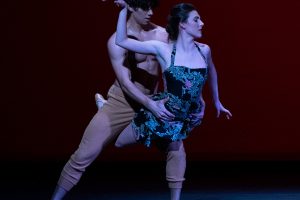
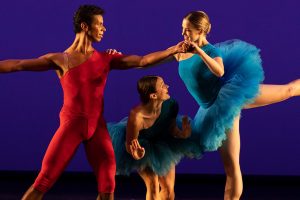
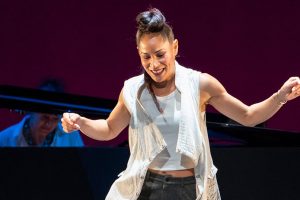


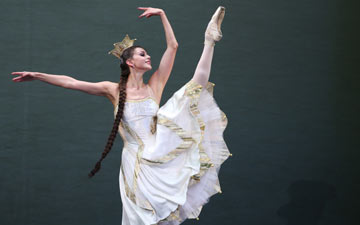
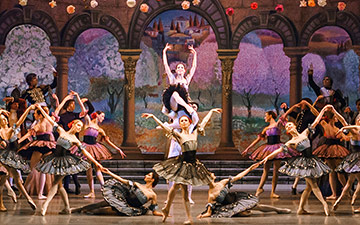
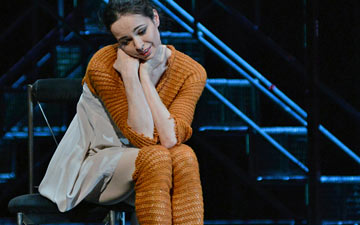
It would have been fascinating to see this early work given what we know now… A kind of mixed experiment. I wonder what the would do with it now? Wonderful review.
Thank you so much, Marina. Indeed, it would be interesting to see Ratmansky’s new version for the Australian Ballet next year. As for the Mariinsky, I doubt they will retire his Cinderella any time soon. In Russia, they sincerely consider it “a gem” of the Mariinsky repertory.